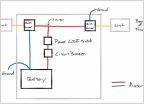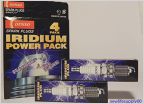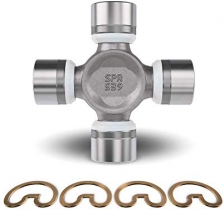-
Welcome to Tacoma World!
You are currently viewing as a guest! To get full-access, you need to register for a FREE account.
As a registered member, you’ll be able to:- Participate in all Tacoma discussion topics
- Communicate privately with other Tacoma owners from around the world
- Post your own photos in our Members Gallery
- Access all special features of the site
A/C Compressor Replacement How-to ChrisFix
Discussion in 'Technical Chat' started by KenLyns, Jun 21, 2016.


 Winch Wiring Advice Needed
Winch Wiring Advice Needed Why does Toyota recommend changing spark plugs so soon (30,000 miles)
Why does Toyota recommend changing spark plugs so soon (30,000 miles) Intermittent Wiper Write Up??
Intermittent Wiper Write Up??









































































